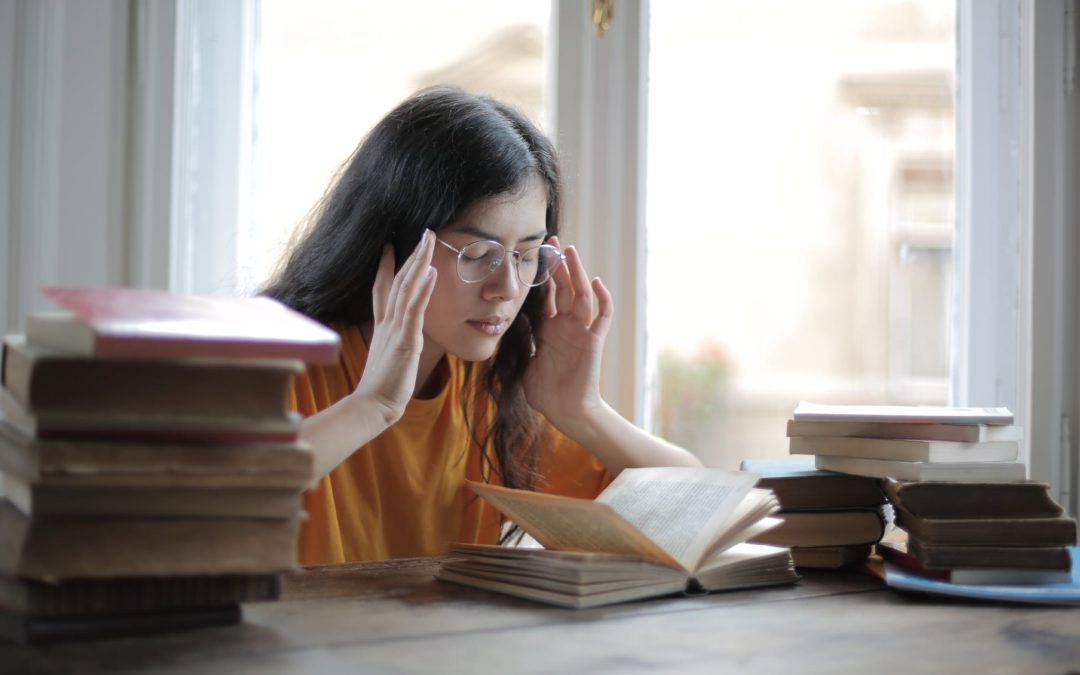Migraines, we have all heard of them and we probably know someone who suffers from it. According to the Global Burden of Disease study, 2013 [1], Migraines are one of the leading causes of disability worldwide.
Despite how prevalent Migraines are, do we really know what causes them?
“What causes a Migraine?” is an interesting question, which can really be broken down into two parts…
- What are the triggers of Migraines?
- What is the mechanism for a potential trigger to cause a migraine?
What can trigger a Migraine?
Triggers for Migraines have been studied extensively with varying methods and efficacy.
What research has found out is that there are many common triggers between individuals, and the vast majority of migraine sufferers have a unique and individual combination of triggers [2].
This variability is not easy to attribute to genetics or a physiological predisposition, but instead raises the possibility that trigger acquisition may be altered by long-term exposure to each individual’s unique personal environment!
So while individuals may have a combination of triggers unique to them, there is significant overlap between Migraine sufferers. According to studies [2], the following are the Top 5 Types of Triggers…
NECK PAIN
According to the strict parameters defined by the International Classification of Headaches [3], headaches originating from the neck are quite rare; however, emerging evidence and clinical outcomes suggest that the neck actually has a pivotal role in most migraines and is involved in the mechanism.
TIREDNESS/ POOR SLEEP/EXCESSIVE SLEEP
The second most common type of trigger is a disturbance to your sleep routine. Interestingly, being tired or having a rough night’s sleep is not the only trigger, but commonly oversleeping is a trigger too. So rather than having less or more sleep, it shows that change is the thing
ODOURS/NOISES/ LIGHTS
Well-known triggers for migraines include bright or flickering lights, loud noises or strong odors, particularly perfumes or strong smelling chemicals. It is theorised that these strong sensory stimuli reach a threshold that triggers a migraine.
TEMPERATURE/HUMIDITY CHANGE
Changes in average temperature or humidity are also common triggers. Similar to sleep factors, it doesn’t matter whether the conditions go up or down; it is simply the change that makes the trigger.
MENSTRUATION CYCLES
Menstruation cycles are very common triggers for females and would probably rank higher in overall triggers, except that only females experience menstruation. This type of migraine is called Menstrual Migraine.
Migraines can occur at the start of the cycle, mid-cycle, or end of the cycle. At these various stages, certain hormone levels are rising or dropping. Once again, it is not whether the hormones are going up or down, but the simple fact that there is a change perceived by the body seems to be what triggers migraines.
So What?
If you are a migraine sufferer, it can be helpful to keep a headache diary, where you record the frequency, duration, and severity of a migraine, as well as potential triggers. As we know, every individual may have triggers unique to them, but the listed, most common triggers, can be a good place to start thinking. Obviously, once you have identified the triggers, you can avoid them to prevent the onset of a migraine as much as possible. However, avoidance of triggers is only half of the puzzle. If your trigger is something you can’t, or don’t want to avoid, then expert advice is needed to change the mechanism of your migraine attacks.
See an expert!
Knowing your triggers is only half of the equation! Seeking a headache expert to investigate and treat the actual mechanism of the migraine is the way to regain control over your migraines and therefore your life.
At Australian Headache and Migraine Clinics, we specialise in non-invasive, drug free investigation and treatment of headaches and migraines. We are proud to say that with our help, thousands of Australians are now able to resume their work, recreation and social lives and prevent their migraines through self-management.
I would encourage any Migraine sufferer to attend one of our clinics and see an expert who can help you take back control of your migraines and the life you would love to live!
References
- James, S. L., Abate, D., Abate, K. H., Abay, S. M., Abbafati, C., Abbasi, N., … & Abdollahpour, I. (2018). Global, regional, and national incidence, prevalence, and years lived with disability for 354 diseases and injuries for 195 countries and territories, 1990–2017: a systematic analysis for the Global Burden of Disease Study 2017. The Lancet, 392(10159), 1789-1858.
- Peris, F., Donoghue, S., Torres, F., Mian, A., & Wöber, C. (2017). Towards improved migraine management: Determining potential trigger factors in individual patients. Cephalalgia, 37(5), 452-463.
- The International Classification of Headache Disorders, 3rd edition (beta version). (2013). Cephalalgia, 33(9), 629–808. https://doi.org/10.1177/0333102413485658








